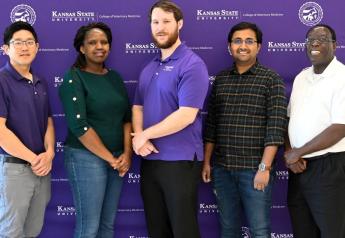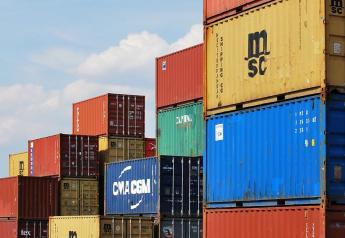Dan Murphy: This? This is Our Future?

Walk with me down memory lane a moment and recall your first date. Your first kiss. Your first time behind the wheel of a car all by yourself.
And that first paying job, with all the excitement and the anxiety of working in the adult world: taking orders, talking to customers and of course, being assigned the worst, nastiest tasks no one else on staff wanted to do.
And then you get your first paycheck … and suddenly you realize why adults are always crabbing about “those damn taxes!”
For me, my first paying gig, at least as I imagined it, was a 16-year-old boy’s dream come true: Working as a sales clerk in a women’s shoe store. But a la Al Bundy, it turned out that there was very little helping striking young co-eds slip on some high heels and a lot more trying to squeeze a pair of matronly size 11 feet into size 9 shoes.
(The worst style in that regard? The Pointed Kitten Heel Pump, a dress shoe that was oh-so sleek-looking sitting on the display table, but brutally difficult to cram onto actual human feet — which are not pointed at both ends — and equally tortuous to wear, I’m assuming, based on the pained but brave looks on the female customers as they limped around the store telling themselves they looked fabulous).
And guess who always got to replace all those way-too-small pairs of pumps, neatly packing them back into their boxes and then re-stocking them by the dozens into the appropriate numbered slots in the back room — and not just for my customers, but for every salesmen’s customers?
Later on in my checkered high school career, I added another rite of teenage passage: working in a fast-food burger restaurant, a popular chain back East called Carroll’s. Their drive-up restaurants were pretty much a rip-off of the McDonald’s format, and as a result, got squeezed out of the category by the 1970s.
Nevertheless, one enduring memory was the challenge of managing all the little tasks required to efficiently cook, season and package the 19-cent (no joke) burgers that were tossed into customers’ bags at the big walk-up window each store featured.
That may someday soon be nothing but a memory consigned to a bygone era of the 20th century.
Lessons Not Learned
That’s because a Burger Making Robot has made its debut in San Francisco.
Although the article posted on National Public Radio’s website — “Fad or Future? Robot-Made Burgers Wow the Crowds in San Francisco” — referred to the robot as a “culinary instrument,” make no mistake: This is a “smart” application intended to replace human workers.
As the article described the audience gathered around the “transparent, 14-foot-long machine” at a restaurant called Creator (naturally), the shock and awe its inventor obviously wanted to generate was on full display.
“Brioche buns are sliced, buttered and toasted by paddles moving like waves in the ocean,” the story explained. “They land in specially designed, compostable hamburger boxes. The buns are topped with fresh produce, sourced from local farms, which are sliced on the spot. Cheese is shredded from blocks and added. The in-machine meat grinder has been calibrated to vertically align the meat with diner’s incisors [huh?]. The 4.5-ounce beef patties are ground from brisket and cooked using the induction method, then slid into the boxes.”
There are more gushing descriptions of the machine’s “organic curves” and its “copper detail” that are apparently a big reason Creator’s has a waitlist for its bi-weekly lunches, as the restaurant won’t be open full time until September.
Turns out that Creator’s parent company is a robotics firm founded by a 33-year-old engineer named Alex Vardakostas, and that’s where his story dovetails with the experience of millions of American teen-agers, past and present.
According to the article, Vardakostas “grew up” in the burger business as a member of a family that owns two A’s Burgers stores in Orange County, California. “I really got going on the griddle when I was like 14, 15,” he told NPR.
Dude, you of all people should know that surviving those years and that job — unpleasant as it typically might be — is what helps turns teens into adults.
You invented a contraption that has 350 sensors, runs on high-end software and is controlled by 20 computers when fully operational.
Where’s the learning curve in that? How are young people supposed to feel good about surviving a grouchy boss, learning to deal with surly customers and overcoming the challenge of handling the six (or more) simultaneous tasks even the simplest restaurant operations require if it’s all being managed by 20 computers and performed by a copper-clad robot?
As a society, we can’t go back to the lifestyles of the 1960s or ’70s. But we eliminate everything associated with the work world of that era at our collective peril.
Editor’s Note: The opinions in this commentary are those of Dan Murphy, a veteran journalist and commentator.







